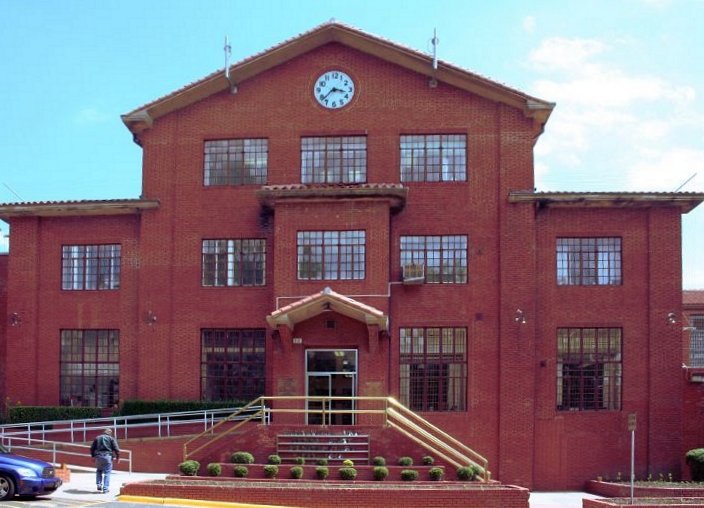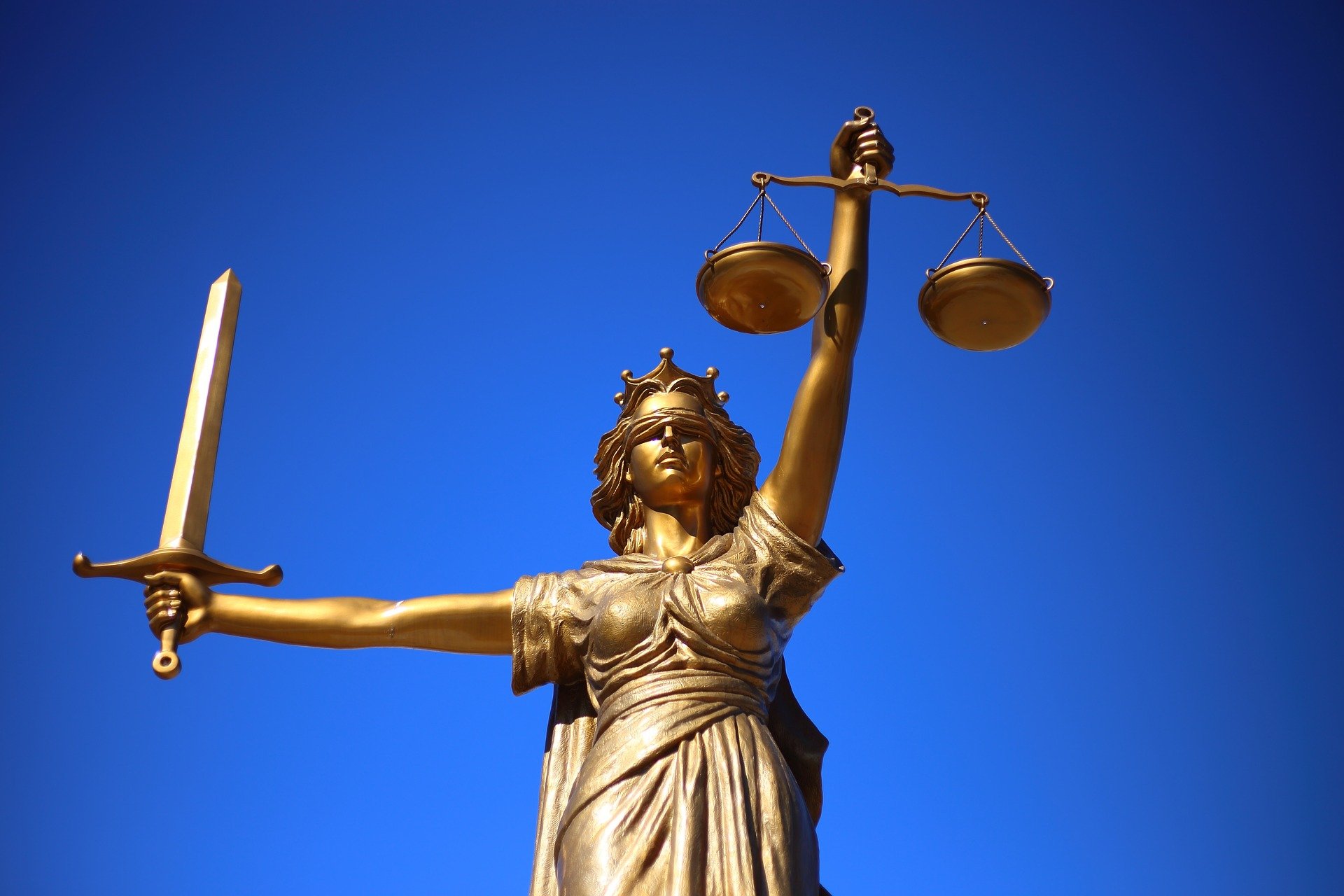|
Statistical Analysis Center
Statistical Analysis Centers (SACs) are state agencies created by legislation or Executive Order that collect, analyze, and disseminate criminal and juvenile justice data. They contribute to effective state policies through statistical services, research, evaluation, and policy analysis. SACs are nonpartisan and strive to serve all branches of the criminal justice system and all levels of government in a state as well as the general public. Objectivity, independence, and visibility are important considerations in determining their placement in the state government. SACs are located in a variety of different settings in the states; the majority are a component of the state justice administrative or planning agency. For those located in an agency with line responsibilities in the criminal justice system (e.g. State Police, Department of Corrections, Office of the Attorney General), special provisions are needed to ensure the SACs’ broad mission, objectivity, independence, and vis ... [...More Info...] [...Related Items...] OR: [Wikipedia] [Google] [Baidu] |
Data
In the pursuit of knowledge, data (; ) is a collection of discrete values that convey information, describing quantity, quality, fact, statistics, other basic units of meaning, or simply sequences of symbols that may be further interpreted. A datum is an individual value in a collection of data. Data is usually organized into structures such as tables that provide additional context and meaning, and which may themselves be used as data in larger structures. Data may be used as variables in a computational process. Data may represent abstract ideas or concrete measurements. Data is commonly used in scientific research, economics, and in virtually every other form of human organizational activity. Examples of data sets include price indices (such as consumer price index), unemployment rates, literacy rates, and census data. In this context, data represents the raw facts and figures which can be used in such a manner in order to capture the useful information out of i ... [...More Info...] [...Related Items...] OR: [Wikipedia] [Google] [Baidu] |
Nonpartisanism
Nonpartisanism is a lack of affiliation with, and a lack of bias towards, a political party. While an Oxford English Dictionary definition of ''partisan'' includes adherents of a party, cause, person, etc., in most cases, nonpartisan refers specifically to political party connections rather than being the strict antonym of "partisan". Canada In Canada, the Legislative Assembly of the Northwest Territories and the Legislative Assembly of Nunavut are the only bodies at the provincial/territorial level that are currently nonpartisan; they operate on a consensus government system. The autonomous Nunatsiavut Assembly operates similarly on a sub-provincial level. India In India, the Jaago Re! One Billion Votes campaign was a non-partisan campaign initiated by Tata Tea, and Janaagraha to encourage citizens to vote in the 2009 Indian general election. The campaign was a non-partisan campaign initiated by Anal Saha. Philippines In the Philippines, barangay elections (election ... [...More Info...] [...Related Items...] OR: [Wikipedia] [Google] [Baidu] |
Criminal Justice System
Criminal justice is the delivery of justice to those who have been accused of committing crimes. The criminal justice system is a series of government agencies and institutions. Goals include the rehabilitation of offenders, preventing other crimes, and moral support for victims. The primary institutions of the criminal justice system are the police, prosecution and defense lawyers, the courts and the prisons system. Criminal justice system Definition The criminal justice system consists of three main parts: #Law enforcement agencies, usually the police #Courts and accompanying prosecution and defence lawyers #Agencies for detaining and supervising offenders, such as prisons and probation agencies. In the criminal justice system, these distinct agencies operate together as the principal means of maintaining the rule of law within society. Law enforcement The first contact a defendant has with the criminal justice system is usually with the police (or ''law enforcement'' ... [...More Info...] [...Related Items...] OR: [Wikipedia] [Google] [Baidu] |
Department Of Corrections
In criminal justice, particularly in North America, correction, corrections, and correctional, are umbrella terms describing a variety of functions typically carried out by government agencies, and involving the punishment, treatment, and supervision of persons who have been convicted of crimes. These functions commonly include imprisonment, parole, and probation. Bryan A. Garner, editor, ''Black's Law Dictionary'', 9th ed., West Group, 2009, , 0-314-19949-7, p. 396 (or p. 424 depending on the volume) A typical ''correctional institution'' is a prison. A ''correctional system'', also known as a ''penal system'', thus refers to a network of agencies that administer a jurisdiction's prisons, and community-based programs like parole, and probation boards. This system is part of the larger criminal justice system, which additionally includes police, prosecution and courts. Jurisdictions throughout Canada and the US have ministries or departments, respectively, of corrections, co ... [...More Info...] [...Related Items...] OR: [Wikipedia] [Google] [Baidu] |
Justice Research And Statistics Association
Justice Research and Statistics Association (JRSA) is a national nonprofit organization of state Statistical Analysis Centers, researchers, and practitioners throughout government, academia, and justice organizations. Justice Research and Statistics Association's members form a network of justice professionals dedicated to policy-relevant research and practice. The association was created in 1974 to promote cooperation and the exchange of criminal justice information among the states. JRSA is a 501(c)(3) nonprofit organization. Statistical Analysis Centers contribute to viable, effective policy development in their states through statistical services, research, evaluation, and policy analysis. Through the United States Bureau of Justice Statistics' State Justice Statistics Program, Statistical Analysis Centers also undertake statistical research and analysis on themes selected by Bureau of Justice Statistics and JRSA that reflect issues of current concern and significance to the ... [...More Info...] [...Related Items...] OR: [Wikipedia] [Google] [Baidu] |
Nonprofit Agency
A nonprofit organization (NPO) or non-profit organisation, also known as a non-business entity, not-for-profit organization, or nonprofit institution, is a legal entity organized and operated for a collective, public or social benefit, in contrast with an entity that operates as a business aiming to generate a profit for its owners. A nonprofit is subject to the non-distribution constraint: any revenues that exceed expenses must be committed to the organization's purpose, not taken by private parties. An array of organizations are nonprofit, including some political organizations, schools, business associations, churches, social clubs, and consumer cooperatives. Nonprofit entities may seek approval from governments to be tax-exempt, and some may also qualify to receive tax-deductible contributions, but an entity may incorporate as a nonprofit entity without securing tax-exempt status. Key aspects of nonprofits are accountability, trustworthiness, honesty, and openness to ever ... [...More Info...] [...Related Items...] OR: [Wikipedia] [Google] [Baidu] |
Legal Organizations Based In The United States
Law is a set of rules that are created and are enforceable by social or governmental institutions to regulate behavior,Robertson, ''Crimes against humanity'', 90. with its precise definition a matter of longstanding debate. It has been variously described as a science and as the art of justice. State-enforced laws can be made by a group legislature or by a single legislator, resulting in statutes; by the executive through decrees and regulations; or established by judges through precedent, usually in common law jurisdictions. Private individuals may create legally binding contracts, including arbitration agreements that adopt alternative ways of resolving disputes to standard court litigation. The creation of laws themselves may be influenced by a constitution, written or tacit, and the rights encoded therein. The law shapes politics, economics, history and society in various ways and serves as a mediator of relations between people. Legal systems vary between jurisdictions, ... [...More Info...] [...Related Items...] OR: [Wikipedia] [Google] [Baidu] |


